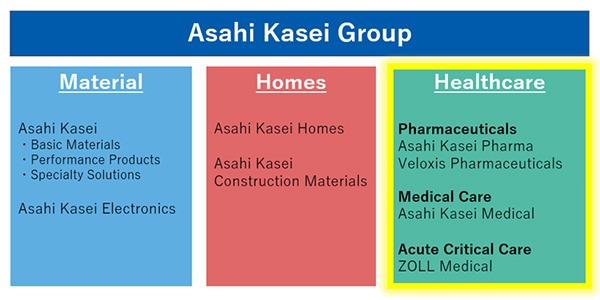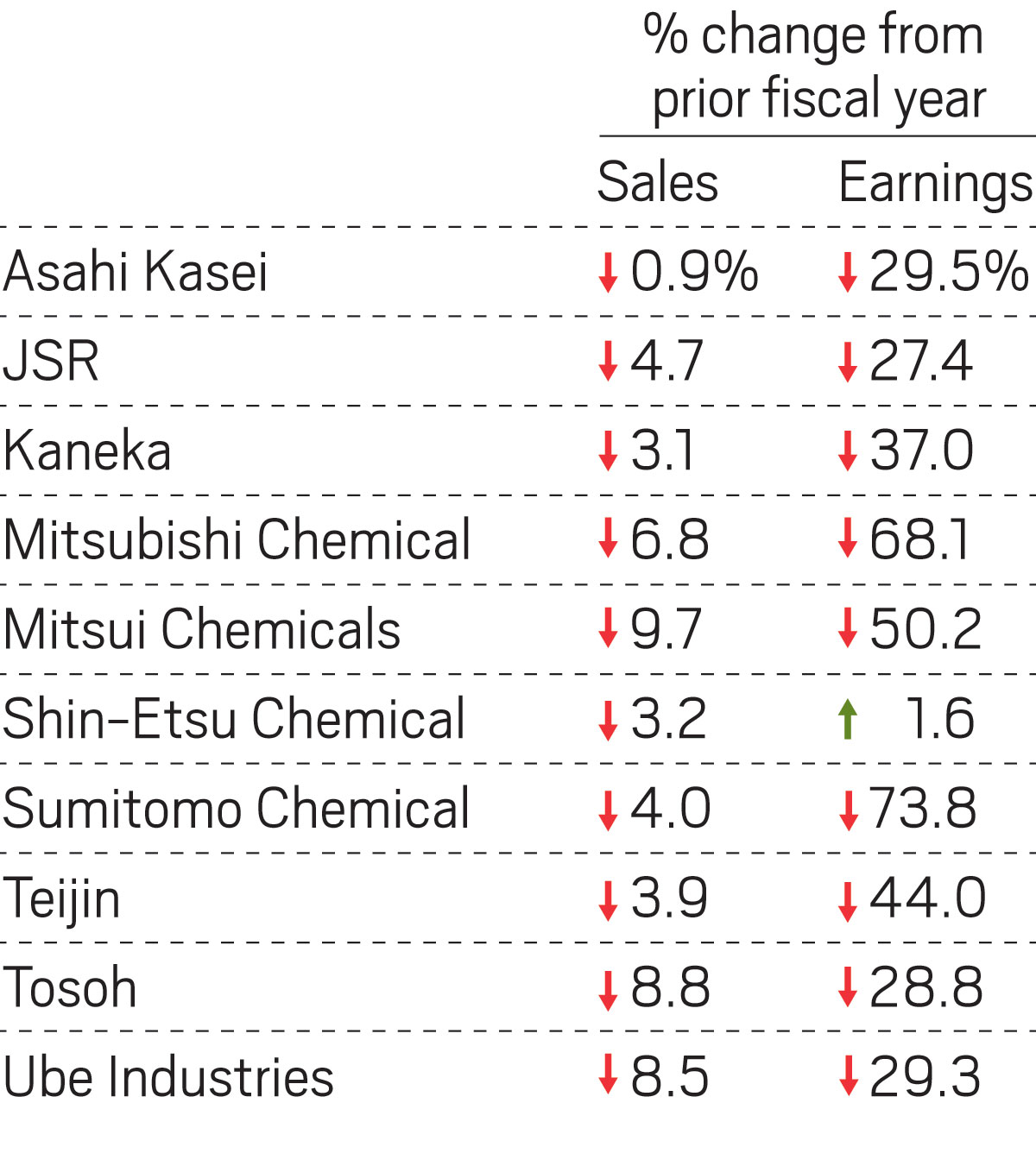Chemicals are an integral part of modern life, playing a crucial role in industries ranging from pharmaceuticals to agriculture. However, the potential risks associated with chemical exposure require careful evaluation and management. Chemical toxicology is the scientific discipline that explores how chemicals interact with living organisms and the impact they can have on health. This article delves into the world of chemical toxicology, shedding light on its importance in ensuring safety and minimizing risks in various industries.
I. What is Chemical Toxicology?
- Defining Chemical Toxicology:
- Chemical toxicology is the study of how chemicals interact with biological systems and the adverse effects they can have on living organisms.
- Scope and Objectives:
- It encompasses the assessment of toxicity levels, mechanisms of action, and potential hazards associated with chemical substances.
II. Assessing Toxicity Levels
- Dose-Response Relationships:
- Understanding the relationship between the dose (amount) of a chemical and the biological response is fundamental in assessing toxicity.
- Acute vs. Chronic Exposure:
- Chemicals can have different effects depending on the duration and concentration of exposure. Acute exposure refers to short-term, high-dose contact, while chronic exposure involves long-term, lower-dose contact.
III. Routes of Chemical Exposure
- Inhalation:
- Chemicals can enter the body through inhalation of airborne particles or gases, potentially affecting the respiratory system and other organs.
- Ingestion:
- Consumption of contaminated food or liquids can lead to chemical exposure, impacting the gastrointestinal tract and other systems.
- Dermal Contact:
- Chemicals can be absorbed through the skin, which can lead to localized or systemic effects depending on the chemical’s properties.
IV. Factors Influencing Toxicity
- Chemical Properties:
- The chemical structure, solubility, and reactivity of a substance play a significant role in determining its toxicity.
- Metabolism and Biotransformation:
- The way a chemical is metabolized within the body can influence its toxicity. Some substances become more or less toxic after undergoing biotransformation.
V. Types of Toxicity
- Acute Toxicity:
- Acute toxicity refers to the adverse effects that occur shortly after a single, high-level exposure to a chemical. These effects can range from mild to severe, depending on the substance.
- Chronic Toxicity:
- Chronic toxicity arises from repeated or continuous exposure to lower levels of a chemical over an extended period. It may lead to long-term health issues or cumulative damage.
VI. Risk Assessment and Management
- Hazard Identification:
- This stage involves identifying the potential adverse effects of a chemical based on available data and studies.
- Dose-Response Assessment:
- Scientists determine how the magnitude of exposure relates to the probability and severity of adverse effects.
- Exposure Assessment:
- This step involves evaluating the extent of human or environmental exposure to the chemical.
VII. Regulatory Framework and Safety Standards
- Governmental Agencies:
- Agencies like the Environmental Protection Agency (EPA) and the Food and Drug Administration (FDA) set safety standards and regulations for chemical use in various industries.
- Occupational Safety and Health Administration (OSHA):
- OSHA provides guidelines for workplace safety, including exposure limits and protective measures for danatoto workers.
VIII. Advancements in Chemical Toxicology
- In Silico Methods:
- Computational models and simulations are increasingly used to predict toxicity and guide risk assessments, reducing the need for extensive animal testing.
- Omics Technologies:
- Techniques like genomics, proteomics, and metabolomics provide insights into how chemicals interact with biological systems at a molecular level.
Conclusion: Prioritizing Safety through Chemical Toxicology
Chemical toxicology plays a pivotal role in safeguarding public health and environmental well-being. By understanding the potential risks associated with chemical exposure and implementing rigorous safety standards, industries can continue to harness the benefits of chemicals while minimizing harm.











